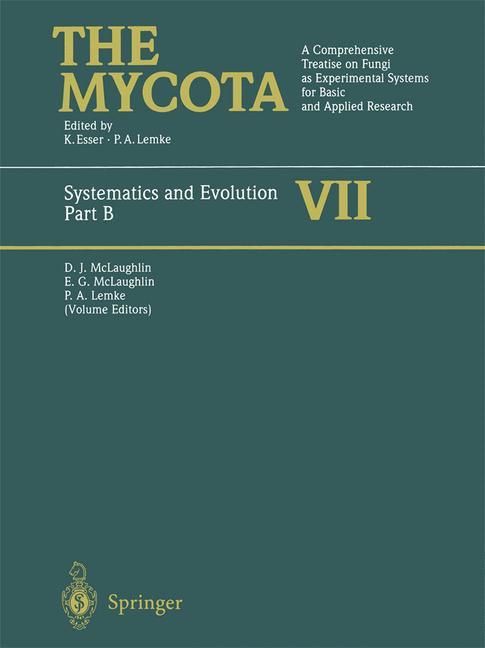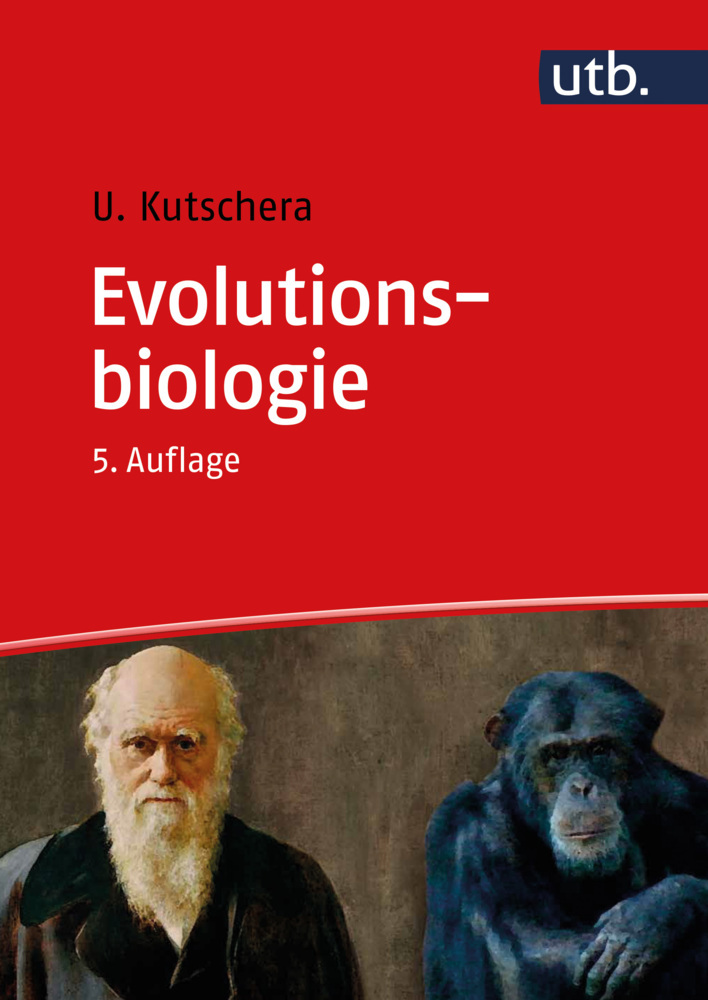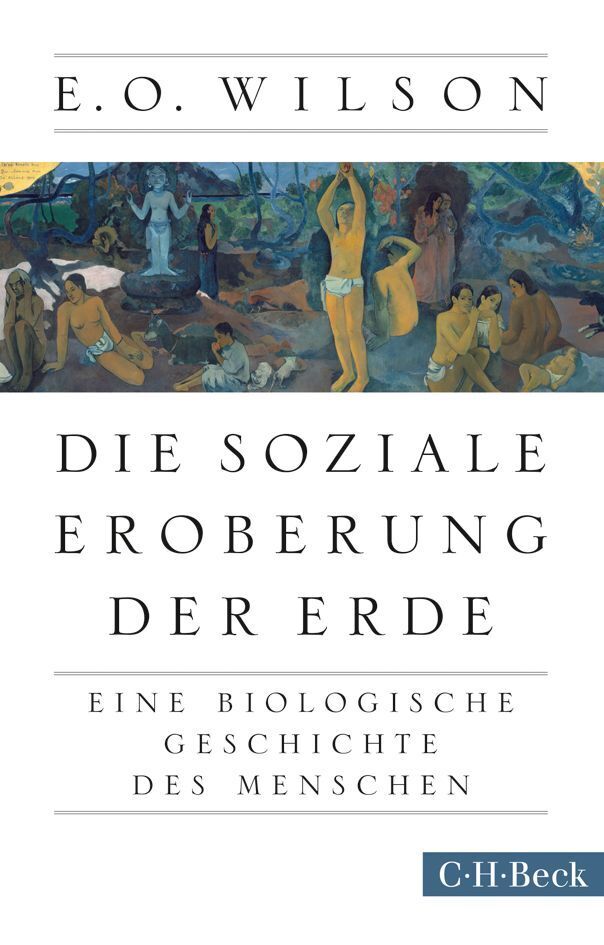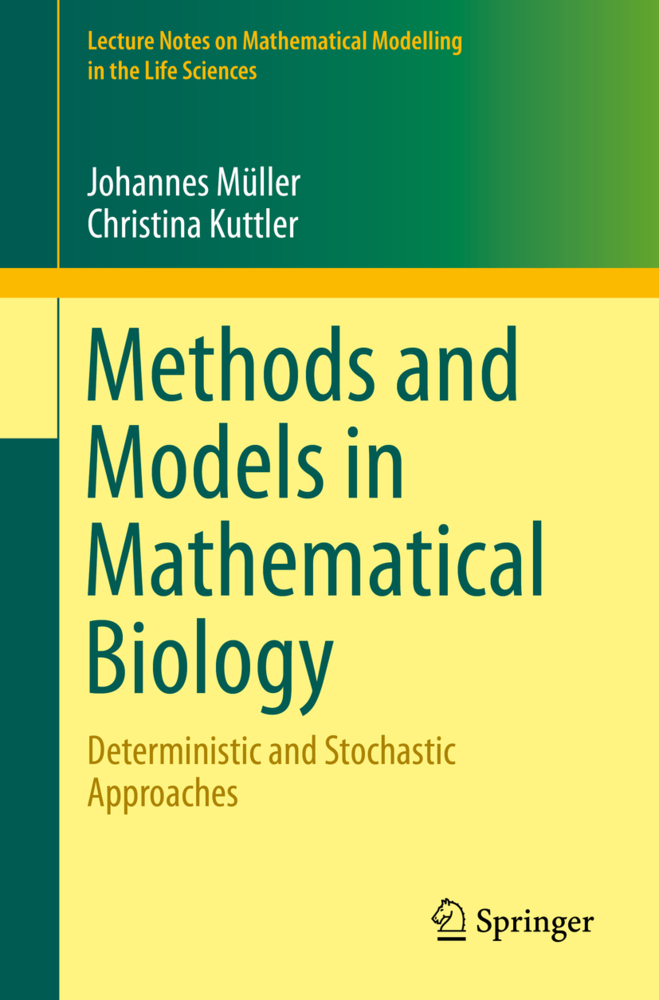Systematics and Evolution
Part B
Systematics and Evolution
Part B
Mycology, the study of fungi, originated as a subdiscipline of botany and was a des criptive discipline, largely neglected as an experimental science until the early years of this century. A seminal paper by Blakeslee in 1904 provided evidence for self incompatibility, termed "heterothallism", and stimulated interest in studies related to the control of sexual reproduction in fungi by mating-type specificities. Soon to follow was the demonstration that sexually reproducing fungi exhibit Mendelian inheritance and that it was possible to conduct formal genetic analysis with fungi. The names Burgetf, Kniep and Lindegren are all associated with this early period of fungal genet ics research. These studies and the discovery of penicillin by Fleming, who shared a Nobel Prize in 1945, provided further impetus for experimental research with fungi. Thus began a period of interest in mutation induction and analysis of mutants for biochemical traits. Such fundamental research, conducted largely with Neurospora crassa, led to the one gene: one enzyme hypothesis and to a second Nobel Prize for fungal research awarded to Beadle and Tatum in 1958. Fundamental research in biochemical genetics was extended to other fungi, especially to Saccharomyces cerevisiae, and by the mid-1960s fungal systems were much favored for studies in eukaryotic molecular biology and were soon able to compete with bacterial systems in the molecular arena.
1 Basidiomycetous Yeasts
2 Urediniomycetes
3 Ustilaginomycetes
4 Heterobasidiomycetes
5 Homobasidiomycetes
Nomenclature and Documentation
6 The Naming of Fungi
7 Cultivation and Preservation of Fungi in Culture
8 Computer-Assisted Taxonomy and Documentation
Evolution and Speciation
9 Speciation Phenomena
10 Fungal Molecular Evolution: Gene Trees and Geologic Time
Biosystematic Index.
B
The Fungal Hierarchy1 Basidiomycetous Yeasts
2 Urediniomycetes
3 Ustilaginomycetes
4 Heterobasidiomycetes
5 Homobasidiomycetes
Nomenclature and Documentation
6 The Naming of Fungi
7 Cultivation and Preservation of Fungi in Culture
8 Computer-Assisted Taxonomy and Documentation
Evolution and Speciation
9 Speciation Phenomena
10 Fungal Molecular Evolution: Gene Trees and Geologic Time
Biosystematic Index.
Esser, Karl
Lemke, Paul A.
McLaughlin, David J.
Blackwell, Meredith
Spatafora, Joseph W.
| ISBN | 9783642085765 |
|---|---|
| Medientyp | Buch |
| Auflage | 2001 |
| Copyrightjahr | 2010 |
| Verlag | Springer, Berlin |
| Umfang | 260 Seiten |
| Sprache | Englisch |











